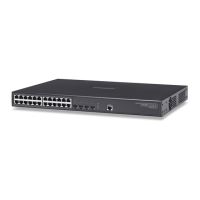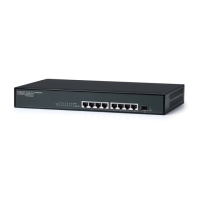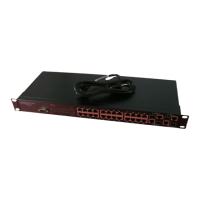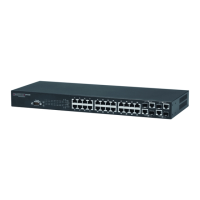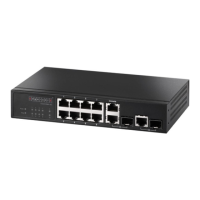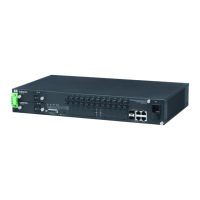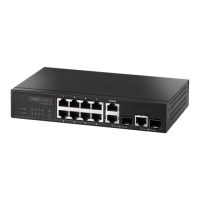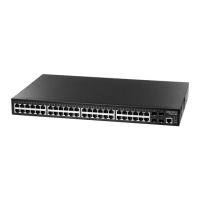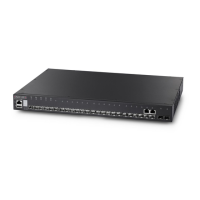Configuring Access Control Lists
7-9
7
• Destination Prefix-Length – A decimal value indicating how many contiguous bits
(from the left) of the address comprise the prefix (i.e., the network portion of the
address).
• Next Header – Identifies the type of header immediately following the IPv6 header.
(Range: 0-255)
Optional internet-layer information is encoded in separate headers that may be
placed between the IPv6 header and the upper-layer header in a packet. There are
a small number of such extension headers, each identified by a distinct Next
Header value. IPv6 supports the values defined for the IPv4 Protocol field in RFC
1700, and includes these commonly used headers:
0 : Hop-by-Hop Options (RFC 2460)
6 : TCP Upper-layer Header (RFC 1700)
17: UDP Upper-layer Header (RFC 1700)
43: Routing (RFC 2460)
44: Fragment (RFC 2460)
51: Authentication (RFC 2402)
50: Encapsulating Security Payload (RFC 2406)
60: Destination Options (RFC 2460)
• DSCP – DSCP priority level. (Range: 0-63)
• Flow Label – A label for packets belonging to a particular traffic “flow” for which
the sender requests special handling by IPv6 routers, such as non-default quality
of service or “real-time” service (see RFC 2460). (Range: 0-16777215)
A flow label is assigned to a flow by the flow's source node. New flow labels must
be chosen pseudo-randomly and uniformly from the range 1 to FFFFF
hexadecimal. The purpose of the random allocation is to make any set of bits within
the Flow Label field suitable for use as a hash key by routers, for looking up the
state associated with the flow.
A flow identifies a sequence of packets sent from a particular source to a particular
(unicast or multicast) destination for which the source desires special handling by
the intervening routers. The nature of that special handling might be conveyed to
the routers by a control protocol, such as a resource reservation protocol, or by
information within the flow's packets themselves, e.g., in a hop-by-hop option. A
flow is uniquely identified by the combination of a source address and a non-zero
flow label. Packets that do not belong to a flow carry a flow label of zero.
Hosts or routers that do not support the functions specified by the flow label must
set the field to zero when originating a packet, pass the field on unchanged when
forwarding a packet, and ignore the field when receiving a packet.
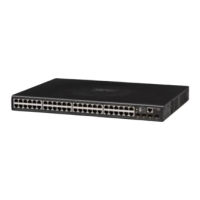
